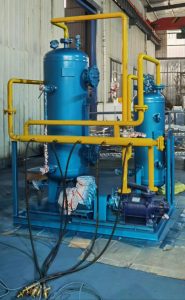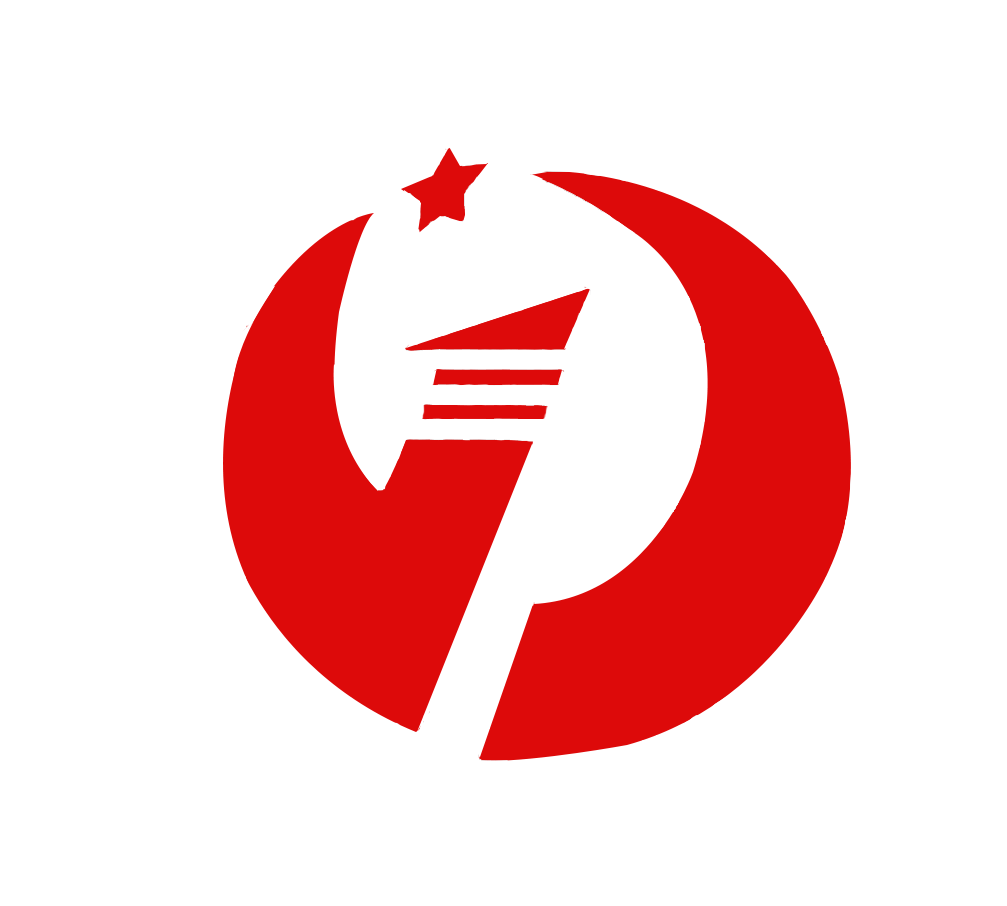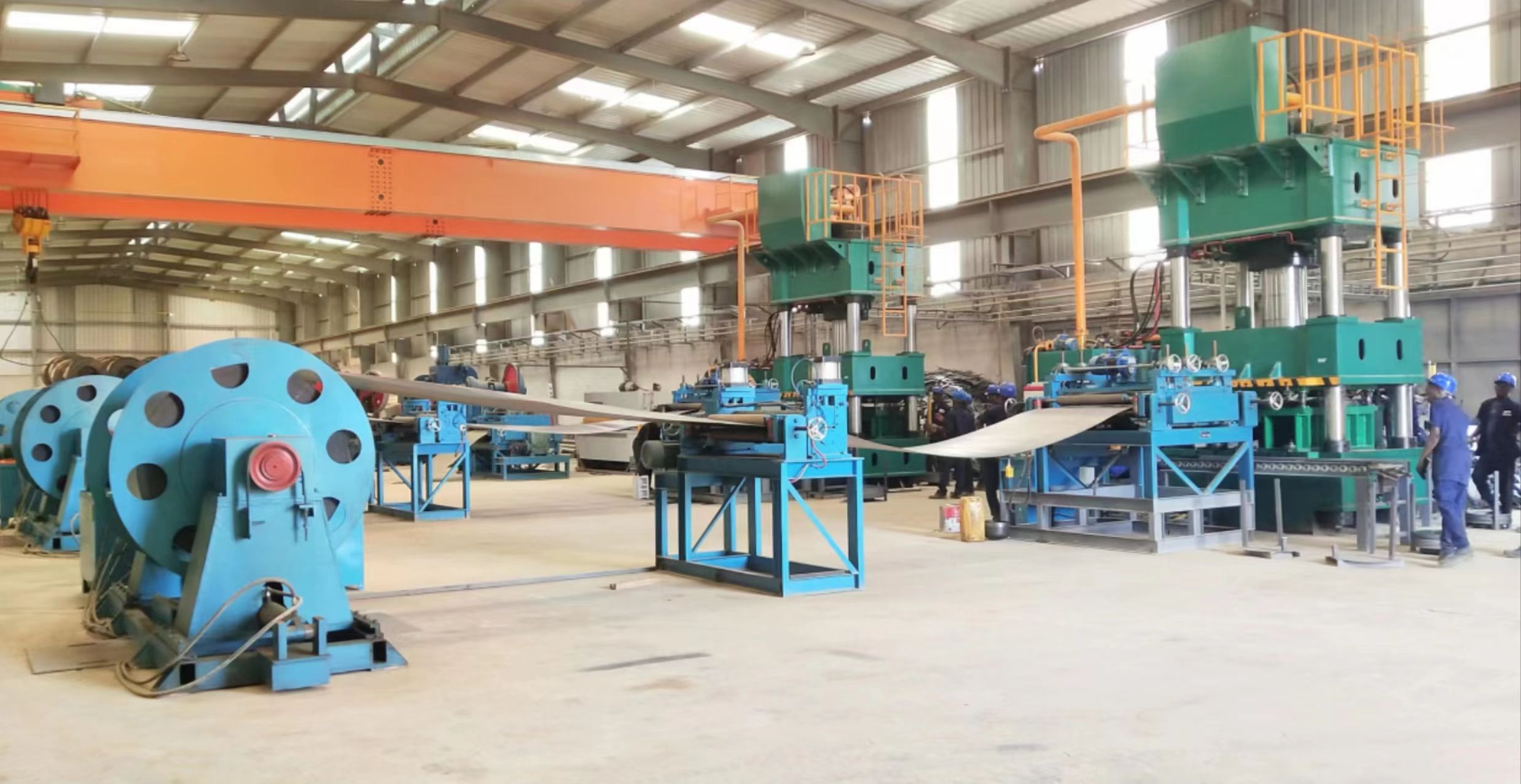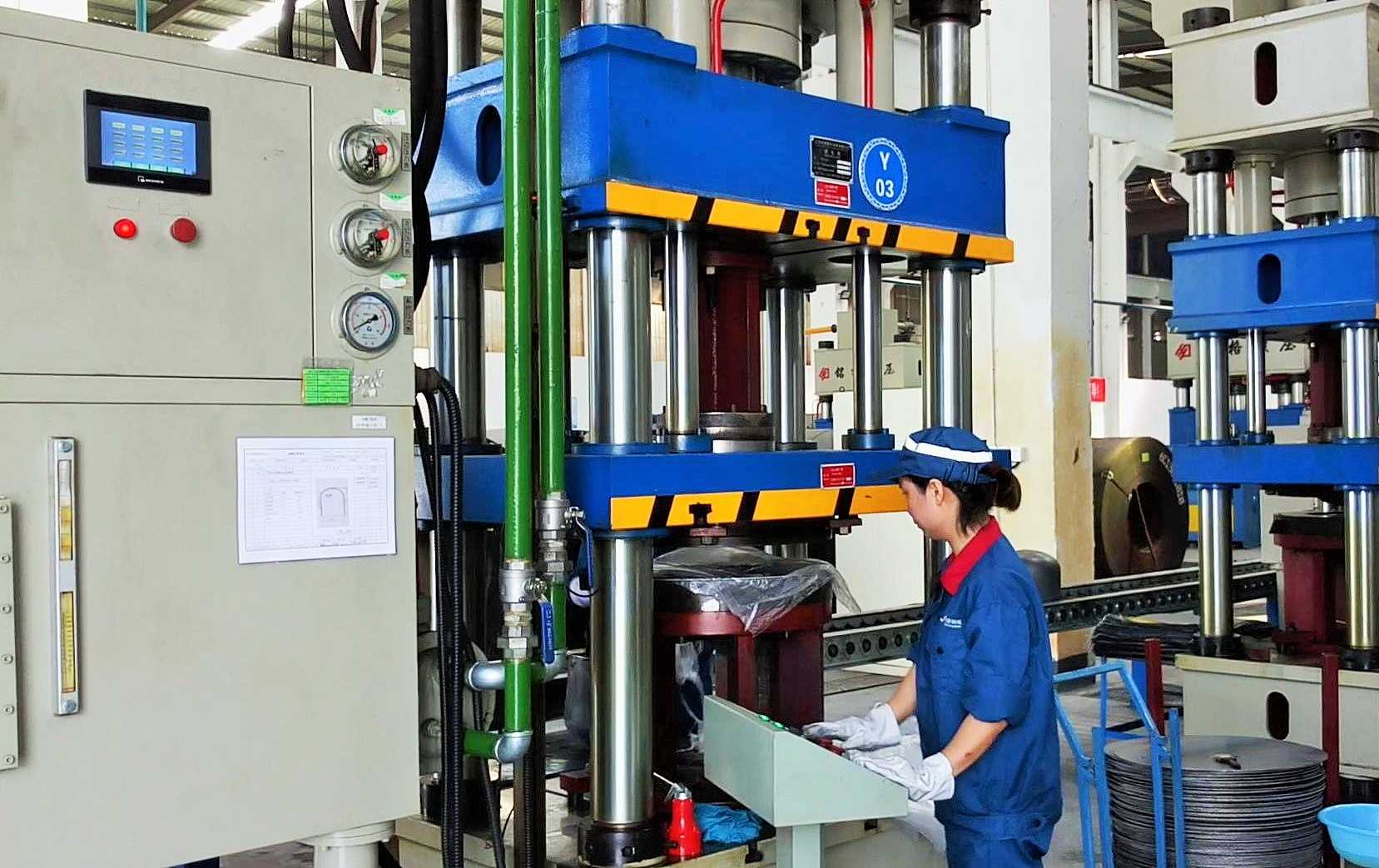Introduction
In the realm of LPG (liquefied petroleum gas) cylinder management, safety, efficiency, and environmental protection are paramount. One critical aspect of LPG cylinder handling is the recovery of residual liquids that remain in the cylinders after use. These residuals pose environmental hazards and potential safety risks. To address these concerns, the Residual Liquid Recovery System (RLRS) has been developed. This system ensures the safe extraction and disposal of residual liquids and gases, offering a comprehensive solution that emphasizes environmental protection and energy efficiency.
Understanding the Residual Liquid Recovery System
The Residual Liquid Recovery System is designed specifically for use in LPG cylinder test stations. It functions by recovering the residual liquid and gas left in the cylinders. This recovery process is essential not only for ensuring the cylinders are safe for reuse but also for minimizing the environmental impact of LPG operations. The system employs a water ring vacuum pump to extract residual liquid and gas into a separator. Here, the liquid is evaporated under negative pressure, and the separated gas is then directed to an incinerator for safe combustion.
Key Components of the RLRS
- Water Ring Vacuum Pump:
- Function: The heart of the RLRS, the water ring vacuum pump, is responsible for creating the necessary vacuum to draw residual liquids and gases out of the LPG cylinders.
- Advantages: This type of pump is highly efficient, reliable, and capable of handling a mixture of gases and liquids without the risk of damage or reduced performance.
- Residual Liquid Separator:
- Function: Once the residuals are extracted, they enter the separator. This component is designed to efficiently separate the liquid from the gas.
- Technology: The separation process is enhanced by operating under negative pressure, which aids in the evaporation of the liquid component.
- Incinerator:
- Function: The separated gas, often containing hydrocarbons, is directed to an incinerator. The incinerator combusts these gases safely, preventing their release into the atmosphere.
- Environmental Impact: This combustion process significantly reduces the emission of harmful gases, contributing to a cleaner environment.
- Control Systems:
- Automation: The Residual Liquid Recovery System is equipped with advanced control systems that automate the recovery process. This includes monitoring vacuum levels, liquid levels in the separator, and the combustion process in the incinerator.
- Safety Features: These systems ensure that any anomalies are detected and addressed promptly, enhancing the overall safety of the operation.
Benefits of the Residual Liquid Recovery System
- Environmental Protection:
- Reduction of Emissions: By ensuring that residual gases are incinerated, the RLRS significantly reduces the release of volatile organic compounds (VOCs) and other pollutants.
- Waste Management: The system promotes responsible waste management by recovering and properly disposing of residual liquids, which might otherwise contaminate soil and water sources.
- Energy Efficiency:
- Optimized Operation: The use of a water ring vacuum pump and efficient separation techniques minimizes energy consumption while maximizing recovery rates.
- Heat Recovery: Some advanced RLRS designs incorporate heat recovery systems that capture and reuse the heat generated during the incineration process.
- Operational Safety:
- Closed System Design: The closed-loop design of the Residual Liquid Recovery System prevents the escape of hazardous gases, protecting workers and the surrounding environment.
- Automated Controls: Automated control systems ensure consistent and safe operation, reducing the likelihood of human error.
- Economic Benefits:
- Cost Savings: By recovering and reusing residual liquids, the RLRS can reduce the need for fresh LPG, leading to significant cost savings over time.
- Regulatory Compliance: The system helps companies comply with stringent environmental regulations, avoiding potential fines and sanctions.

Implementation and Integration
Integrating the Residual Liquid Recovery System into an existing LPG cylinder test station requires careful planning and consideration. The following steps outline the typical implementation process:
- Assessment:
- Site Evaluation: Conduct a thorough evaluation of the test station to determine the specific requirements and constraints.
- Needs Analysis: Identify the volume of residual liquids typically encountered and the capacity needed for the RLRS.
- Design and Customization:
- System Design: Based on the assessment, design a system that meets the specific needs of the site. This may involve customizing certain components or integrating additional features.
- Compatibility: Ensure that the Residual Liquid Recovery System is compatible with existing equipment and processes at the test station.
- Installation:
- Site Preparation: Prepare the site for installation, which may involve modifying infrastructure or installing new utility connections.
- System Setup: Install the RLRS components, ensuring that they are correctly configured and aligned.
- Testing and Commissioning:
- Initial Testing: Conduct initial tests to verify that the system operates as expected. This includes checking vacuum levels, separation efficiency, and incinerator performance.
- Commissioning: Once initial tests are successful, commission the system for full operation, ensuring that all safety and operational protocols are in place.
- Training and Maintenance:
- Operator Training: Provide comprehensive training for operators and maintenance personnel to ensure they understand how to operate and maintain the Residual Liquid Recovery System.
- Regular Maintenance: Establish a maintenance schedule to keep the system in optimal condition, including routine inspections and servicing of key components.
Case Study: Successful Implementation of the RLRS
To illustrate the effectiveness of the RLRS, consider the case of an LPG cylinder test station that recently integrated this system. Before the implementation, the station faced challenges with safely managing residual liquids and gases, leading to environmental concerns and operational inefficiencies.
Background:
- Location: A busy LPG cylinder test station in an industrial area.
- Problem: High volumes of residual liquids and gases were difficult to manage, posing safety and environmental risks.
Solution:
- Assessment: A comprehensive site evaluation identified the need for a robust recovery system capable of handling the station’s throughput.
- Customization: The Residual Liquid Recovery System was customized to include additional filtration stages and a heat recovery unit to enhance efficiency.
- Installation and Commissioning: The system was installed and commissioned without disrupting ongoing operations, thanks to careful planning and execution.
Results:
- Environmental Impact: The station saw a 90% reduction in VOC emissions, significantly improving air quality in the surrounding area.
- Cost Savings: By recovering and reusing residual LPG, the station reduced its LPG procurement costs by 15%.
- Operational Efficiency: The automated control systems streamlined operations, reducing downtime and enhancing safety.
Future Developments and Innovations
The field of residual liquid recovery is continually evolving, with ongoing research and development aimed at further improving efficiency and sustainability. Future advancements may include:
- Enhanced Separation Technologies:
- Membrane Separation: The use of advanced membrane technologies to improve the separation of liquids and gases.
- Cryogenic Distillation: Applying cryogenic techniques to achieve more efficient separation of components.
- Digital Integration:
- IoT and Remote Monitoring: Incorporating Internet of Things (IoT) devices for real-time monitoring and remote control of the Residual Liquid Recovery System.
- Predictive Maintenance: Using data analytics to predict maintenance needs and prevent system failures.
- Energy Recovery:
- Thermal Energy Storage: Capturing and storing heat energy from the incineration process for later use, further enhancing energy efficiency.
- Renewable Energy Integration: Integrating renewable energy sources, such as solar or wind, to power the RLRS.
Conclusion
The Residual Liquid Recovery System represents a significant advancement in the management of LPG cylinders, addressing key challenges related to safety, environmental protection, and operational efficiency. By recovering and properly disposing of residual liquids and gases, the RLRS not only safeguards the environment but also delivers substantial economic benefits. As technology continues to evolve, the potential for even greater efficiency and sustainability in LPG operations grows, paving the way for a cleaner, safer future.
By adopting the Residual Liquid Recovery System, LPG cylinder test stations can enhance their operations, comply with environmental regulations, and contribute to a more sustainable industry. The successful implementation of this system underscores its value and highlights the critical role of innovation in advancing industrial practices.




